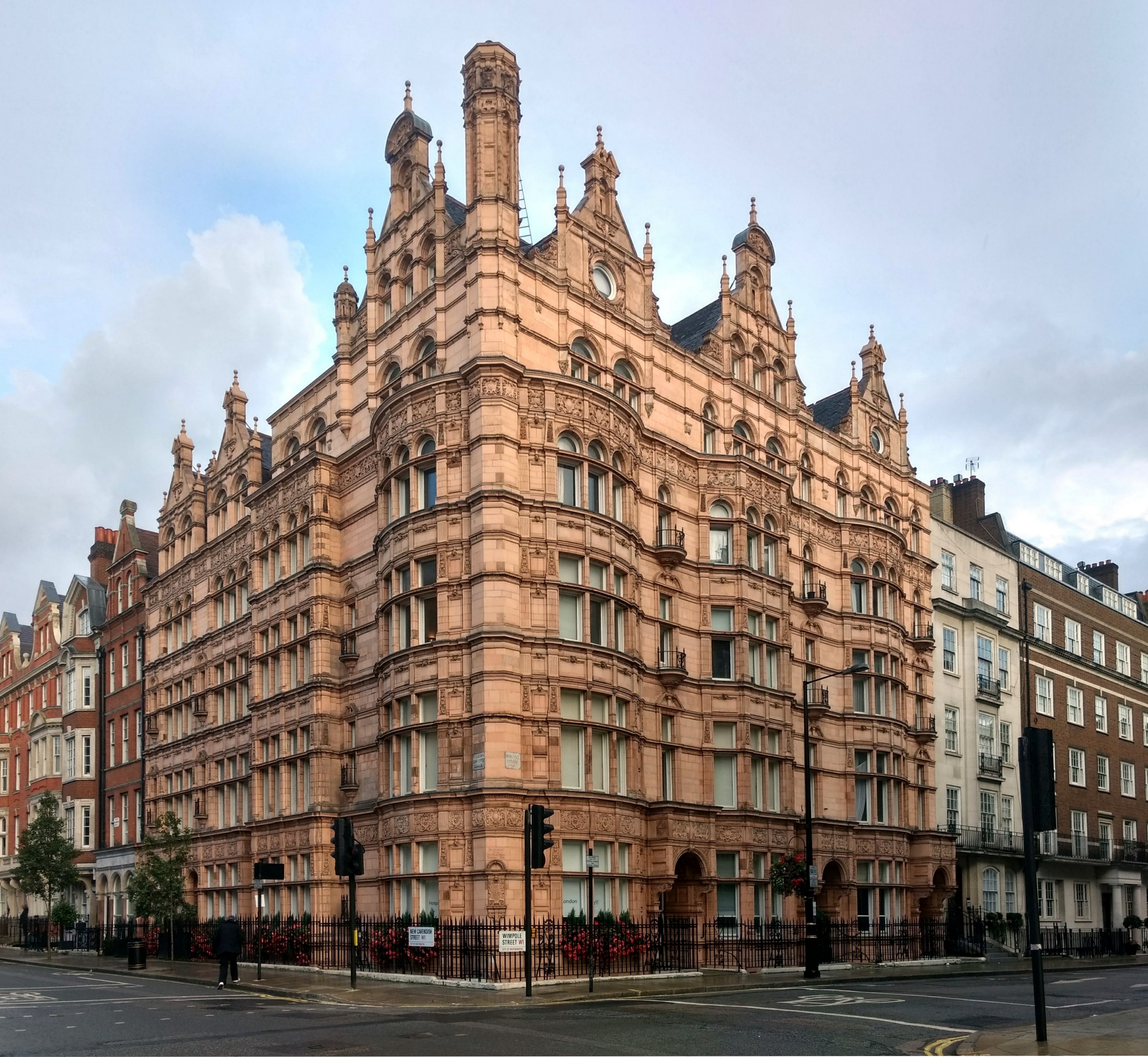Samuel Lithgow on:
[Wikipedia]
[Google]
[Amazon]
Samuel Lithgow (1860 – 9 September 1937)"LITHGOW, Samuel"
''Who Was Who'', A & C Black, online edition, Oxford University Press, 2014. Retrieved 14 Oct 2017. was a British solicitor and property developer in
 Lithgow was admitted as a solicitor in 1882 and later practiced as Messrs. Lithgow and Pepper, from 41
Lithgow was admitted as a solicitor in 1882 and later practiced as Messrs. Lithgow and Pepper, from 41
/ref>
''Who Was Who'', A & C Black, online edition, Oxford University Press, 2014. Retrieved 14 Oct 2017. was a British solicitor and property developer in
Marylebone
Marylebone (usually , also , ) is a district in the West End of London, in the City of Westminster. Oxford Street, Europe's busiest shopping street, forms its southern boundary.
An Civil parish#Ancient parishes, ancient parish and latterly a ...
, London. He was a councillor of the London County Council and in 1891 founded the Stanhope Institute for Working Men and Women in Stanhope Street.
Career
 Lithgow was admitted as a solicitor in 1882 and later practiced as Messrs. Lithgow and Pepper, from 41
Lithgow was admitted as a solicitor in 1882 and later practiced as Messrs. Lithgow and Pepper, from 41 Wimpole Street
Wimpole Street is a street in Marylebone, central London. Located in the City of Westminster, it is associated with private medical practice and medical associations. No. 1 Wimpole Street is an example of Edwardian baroque architecture, compl ...
.
Property development
Lithgow was active in property development in the Marylebone area of London. Among his notable developments wasWimpole House
Wimpole House at 28–29a Wimpole Street is a group of Grade II listed town houses on the corner of Wimpole Street
Wimpole Street is a street in Marylebone, central London. Located in the City of Westminster, it is associated with private m ...
on the corner of Wimpole Street and New Cavendish Street
New Cavendish Street is a street in the City of Westminster, London, that runs from Marylebone High Street in the west to Cleveland Street in the east. The street was built in 1775 and named after the Cavendish family, who were related to the g ...
at 28-29a Wimpole which was built for him as a speculative development in 1892–93 to a design by Charles Worley
Charles H Worley (1853–1906) was a British architect.
Early life
Allinson puts forward that Charles Worley was the son of the architect Robert James Worley (1850–1930), of the architectural practice Worley & Saunders, who was "involved ...
. The foundation stone was laid by his mother Mary Mason Lithgow in September 1892. When it was complete, Lithgow moved his business there and let some of the rooms to medical practitioners but most of the building was used as a nursing home until 1940 when the proprietor, a Miss Lancaster, died.
Politics and public service
Lithgow represented the West St Pancras ward on theLondon County Council
London County Council (LCC) was the principal local government body for the County of London throughout its existence from 1889 to 1965, and the first London-wide general municipal authority to be directly elected. It covered the area today kno ...
from 1910 to 1913. He was a justice of the peace
A justice of the peace (JP) is a judicial officer of a lower or ''puisne'' court, elected or appointed by means of a commission ( letters patent) to keep the peace. In past centuries the term commissioner of the peace was often used with the sa ...
and chairman of the St. Marylebone and Paddington Local Employment and Juvenile Advisory Committees.
In 1891 he founded the Stanhope Institute for Working Men and Women, Stanhope Street. He was a governor of the North West London Polytechnic
The University of North London (UNL) was a university in London, England, formed from the Polytechnic of North London (PNL) in 1992 when that institution was granted university status. PNL, in turn, had been formed by the amalgamation of the No ...
.
He was appointed CBE
The Most Excellent Order of the British Empire is a British order of chivalry, rewarding contributions to the arts and sciences, work with charitable and welfare organisations,
and public service outside the civil service. It was established o ...
in 1928.
Personal life
In 1894, Lithgow married Jessie Esther, second daughter of Patrick David Grieve, of theRoyal Bank of Scotland
The Royal Bank of Scotland plc (RBS; gd, Banca Rìoghail na h-Alba) is a major retail and commercial bank in Scotland. It is one of the retail banking subsidiaries of NatWest Group, together with NatWest (in England and Wales) and Ulster Bank ...
. They had two sons Douglas and Lawrence.
Death and legacy
Lithgow died on 9 September 1937 in a nursing home at Norwich after an operation."Mr. Samuel Lithgow", ''The Times'', 10 September 1937, p. 14. A memorial service was held at St John's Church,Hyde Park Crescent Hyde or Hydes may refer to:
People
*Hyde (surname)
*Hyde (musician), Japanese musician from the bands L'Arc-en-Ciel and VAMPS
American statutes
*Hyde Amendment, an amendment that places well-defined limitations on Medicare spending on aborti ...
. His residence at the time of his death was stated to be 41 Wimpole Street and Thelverton Grange, Diss, Norfolk, but he also had homes at various times at 30 Oxford Square
Mid-Wilshire is a neighborhood in the central region of Los Angeles, California. It is known for the Los Angeles County Museum of Art, the Petersen Automotive Museum, and the Miracle Mile shopping district.
Geography
City of Los Angeles boun ...
, London, and Studland, Dorset."Deaths", ''The Times'', 10 September 1937, p. 1. He left an estate of £76,050.1937 Probate Calendar, p. 133./ref>
References
{{DEFAULTSORT:Lithgow, Samuel English justices of the peace Commanders of the Order of the British Empire 1860 births 1937 deaths Members of London County Council English solicitors People from Marylebone Real estate and property developers Liberal Party (UK) politicians